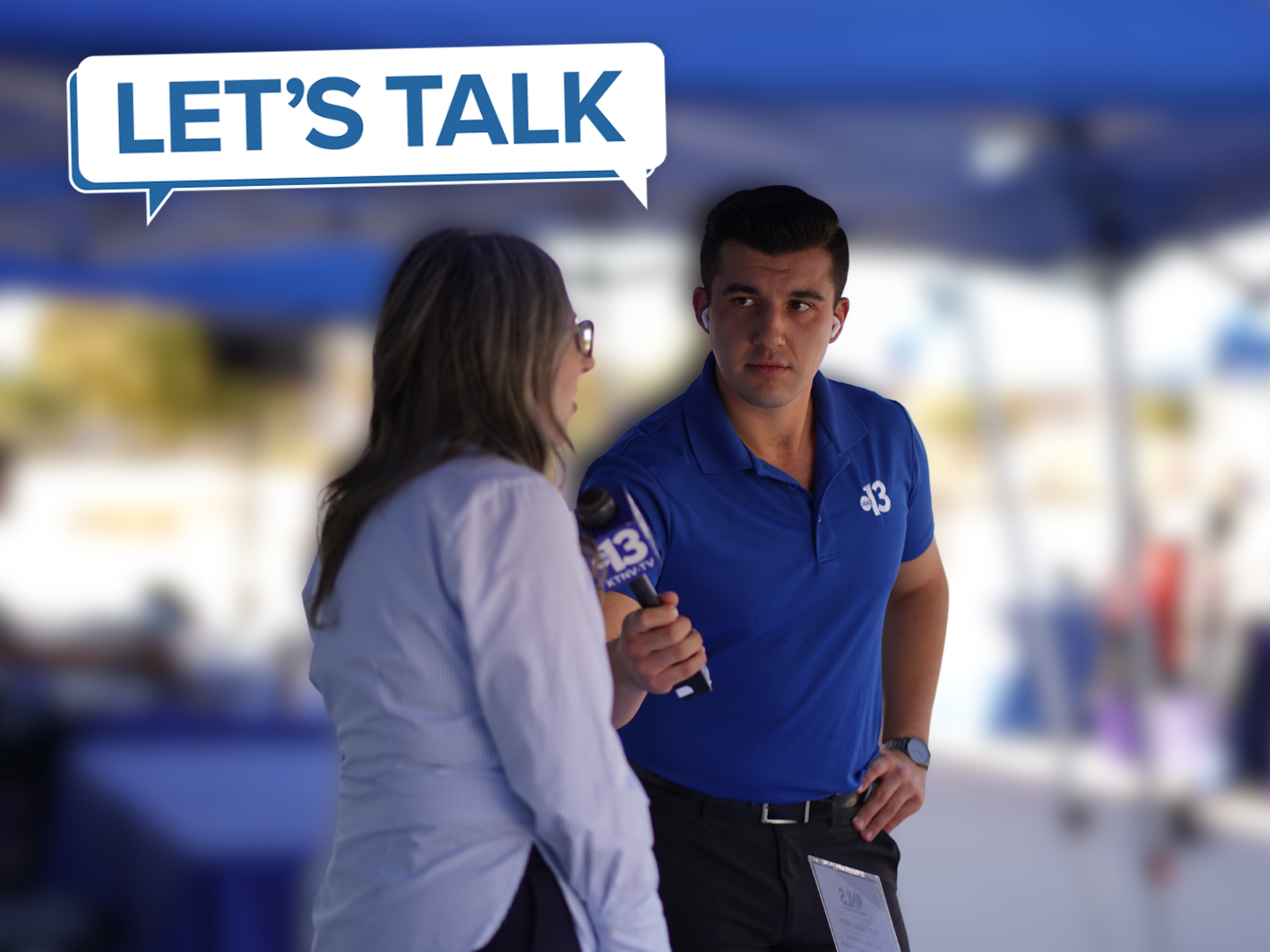LAS VEGAS (KTNV) — According to researchers at UNLV, atmospheric water harvesting may pose a solution to our valley’s water woes, and a new startup called WAVR aims to push the technology into the real word.
“WAVR is a company that we’ve launched based on UNLV technology that is addressing the biggest challenge I think for our community, which is access to water," said Rich Sloan, CEO to WAVR and UNLV Entreprenuer in Residence. "Atmospheric water harvesting is going to be a big part of the future.”
Sloan said there's more than enough water available, even in dry climates of the Southwest.
“There is enough water in the first 30 feet of atmosphere to handle 100% of the daily needs of Las Vegas," he said.
Based on the research of Mechanical Engineering professor Dr. Jeremy Cho, a UNLV team has developed a patent-pending device using hydrogel membrane that is capable of pulling water from the atmosphere. The idea stems from nature itself - certain tree frogs that can absorb water and hydrate through their skin.
“For Las Vegas especially with water, which is a rarer and scarcer because of climate change, we have to figure out ways to solve those problems soon," Sloan said.
This launch comes after the announcement of National Science Foundation funding intended to stimulate innovation for a warming world. WAVR is only the first company to launch from this Southwest Sustainability Engine.
WATCH | 'Sustainability Engine' aims to tackle climate challenges in the Southwest
“UNLV is being very aggressive and putting resources behind this," Sloan said. "The brainpower is extraordinary.”
What’s fueling this engine here on campus is the young students involved who are passionate about fixing climate change.
Channel 13 spoke with WAVR intern and engineering student Areianna Eason, who said she's wanted to do something about environmental problems since she was a kid - even starting a YouTube channel focused on climate change before settling in on engineering and water harvesting.
“It not only translated from having that passion, being able to find this project, helping with water issues...it was really uplifting and it kind of gives me hope on what is to happen or what is to come on that issue," Eason said.
Now the research behind this technology is expected to be published and available to check out later this year. We’ll keep you updated when that happens.




